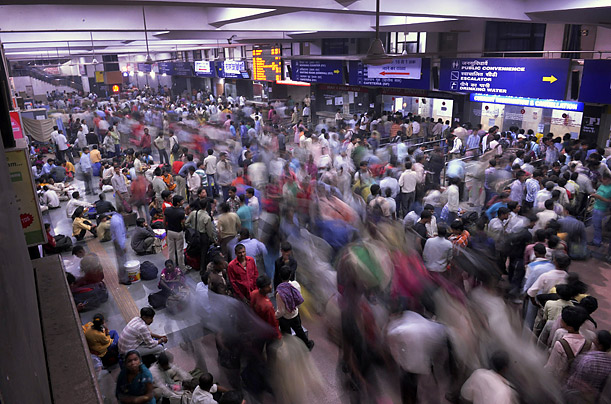
Predicted increase in population by 2025: 6.41 million
It's fitting that the world's 7 billionth person will be Indian. The population of India's capital has more than doubled in the past two decades, and the boom shows all signs of continuing. A burgeoning birthrate in India, coupled with the allure of the city for businesses both home and abroad (despite the recession, outsourcing is still a $50 billion industry), will serve to boost Delhi's population. Once solely the political hub of India, with more than 70% of the population employed in the government sector, the city has become known for much more. Over the next decades, expats and migrants from India and the world as a whole will continue to flood in, spiking Delhi's multiculturalism. Analysts predict a tenfold increase in GDP from Delhi by 2025, with the capital region expected to contribute $289 billion to the global economy, overtaking Mumbai as India's most productive city. But productivity has its problems, and pollution is shaping up to be Delhi's most chronic challenge. Hot, humid weather and a plethora of unclean transportation options result in a smoggy, polluted air lingering over the capital region. And the problems don't end there. Wastewater flows untreated into the city's Yamuna River, and Delhi's demand for clean water far exceeds its supply, meaning that as the city's groundwater supply is tapped out, the region will be forced to find new sources.